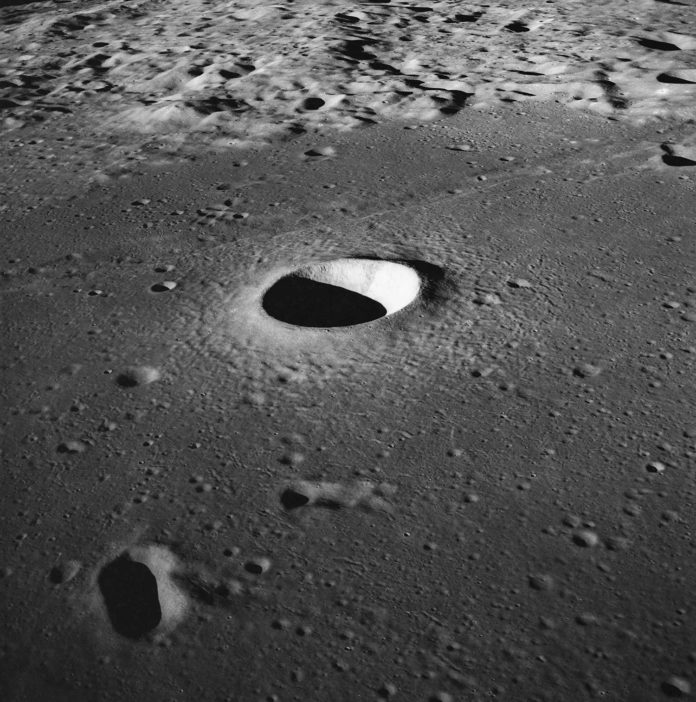Both the Earth and the Moon have been hit many times throughout their long 4.5 billion year history. Once something hits the Moon, that event becomes frozen in time. Earth, on the other hand, brushes these impact craters off and moves on with its life.
That’s the reason there are so many craters on the Moon compared to Earth! What’s more, their formation and evolution record the history of the inner Solar System.
Visual inspection of images and DEM data by experts or automatic detection has recognized many lunar craters, and consequently, many crater databases have been established. However, the subjectivity of manual detection and the limitations of automatic detection with different types of data have resulted in significant disagreement in crater numbers among existing databases.
Recent data came out by Chinese scientists, suggesting more than 100,000 craters on the Moon.
Scientists used artificial intelligence to train a deep neural network. With information from China’s first and second lunar orbiters- Chang’e 1 and Chang’e 2, the network identified 109,956 new craters.
Study author Chen Yang, of the College of Earth Sciences at Jilin University and the Key Laboratory of Lunar and Deep Space Exploration at the Chinese Academy of Sciences said, “Impact craters (are) the most diagnostic features of the lunar surface. That is in great contrast to the surface of the Earth. It is very difficult to trace the Earth’s history of being impacted by asteroids and comets over the past 4 billion years.”
“Earth and the Moon have been struck by the same impactor population over time, but large lunar craters have experienced limited degradation over billions of years. Therefore, lunar impact craters can trace the evolution of the Earth.”
However, there is no water, no atmosphere, and no tectonic plate activity on Moon’s crater. The age of a large crater can also be determined by counting how many small craters are found inside it.
Mohamad Ali-Dib at the Institute for Research on Exoplanets at the University of Montreal said, “This latest study isn’t the first to deploy machine learning to detect lunar craters. In 2018, a team at the University of Toronto Scarborough used data from a laser altimeter to detect craters. They identified about 6,000 previously unidentified craters on the Moon.”
“Machine learning can be used to detect craters on the Moon. Craters are a window into the dynamical history of the solar system.”
Journal Reference:
- Yang, C., Zhao, H., Bruzzone, L. et al. Lunar impact crater identification and age estimation with Chang’E data by deep and transfer learning. Nat Commun 11, 6358 (2020). DOI: 10.1038/s41467-020-20215-y
